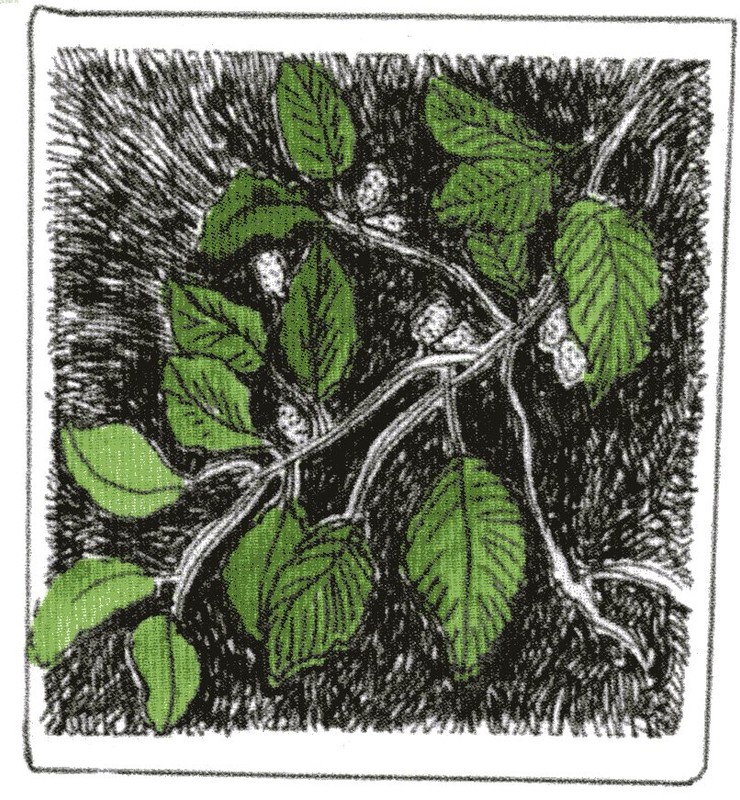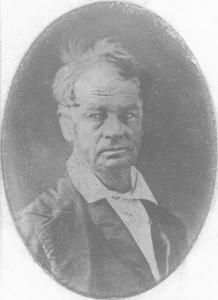Dr. Nathan D. Smith White Mulberry Tree
Introduction
Text-to-speech Audio
The white mulberry was brought to America from China and Japan to be used in the silk industry. In the 1800s, Dr. Nathan D. Smith, a physician in Washington, Arkansas, was a part of the American silk industry. Dr. Smith raised silkworms on the leaves and gathered the silk they produced.
Images
Dr. Nathan D. Smith White Mulberry
.jpg)
Illustration of White Mulberry branches by Washington artist Ann Bittick

Dr. Nathan D. Smith

Backstory and Context
Text-to-speech Audio
Red mulberry trees are native to the eastern United States, but the white mulberry comes from Asia, where the silkworm usually calls it home. This particular white mulberry is notable as most do not live longer than a typical human lifespan, although it is not producing leaves quite like it used to. White mulberries are also seen as an invasive species, noted for its quick spread and rapid pollen releases, but experts don’t believe that’s been a problem in Arkansas. Its pinkish-white berries are sweet but blander than red or black mulberries.
Dr. Nathan D. Smith imported white mulberry trees to Hempstead County around 1836, with the goal of cultivating silkworms. By 1839, he was advertising in the Arkansas Gazette the sale of plantings for anyone interested, and by 1840 the editor of the Gazette was advertising himself as Dr. Smith’s business agent. In 1842, the New Orleans Bulletin wrote about Dr. Smith’s wife producing 500 skeins of silk “dyed with the Bois D’Arc” (typically orange), praising its fine and even texture.
Sources
Montgomery, Don. "Old Washington Research Report: Biographical Sketches of Several Washington Doctors." Published May 3rd, 1980.
Branches In Time: Notable and Historic Trees of Old Washington Historic State Park. Little Rock, AR. Arkansas State Parks, 2001.
Historic Washington State Park
Historic Washington State Park
Arkansas State Archives
